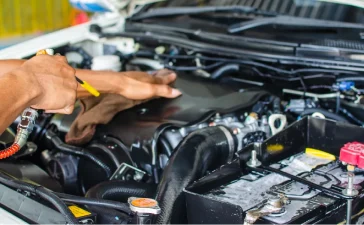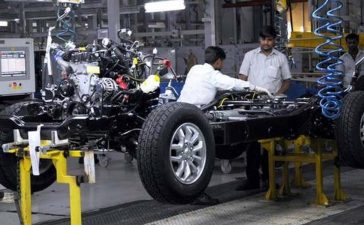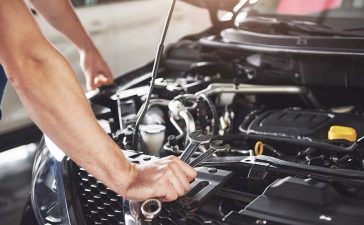How Exhaust Manifold Cracks Impact Your Engine and What You Can Do About It

By directing exhaust gasses from the engine cylinders to the remainder of the exhaust system, the exhaust manifold plays a crucial part in an engine’s operation. Constructed from robust materials like stainless steel or cast iron, the manifold is made to resist high temperatures and strain. It may, however, experience wear and tear that results in cracks, just like any other engine part. Engine performance and vehicle safety can be seriously impacted by even minor cracks in the manifold. For comprehensive solutions, consider Auto Repair in Flushing, MI, where experienced technicians can address such critical issues effectively.
How Exhaust Manifold Cracks Develop
Tiny fractures caused by high temperatures and thermal fluctuations often cause exhaust manifold cracks. When the engine runs, the manifold expands and contracts due to material stress. This cyclical stress weakens the manifold, allowing fractures. Manifold composition also affects heat stress damage. Some materials shatter more easily than others. Road salt accelerates manifold deterioration. Skipping normal maintenance, such as early warning signs or exhaust system issues, may worsen cracking. Unsupported exhaust system vibrations cause mechanical stress to the thermally strained manifold.
How Cracks Propagate and Grow
A crack is not static once it has developed. As the manifold continues to be subjected to the stresses of engine operation, the crack will eventually start to spread, or enlarge. Metal fatigue brought on by engine heat weakens the structure even more and widens the break. Furthermore, the pressure created by the exhaust gases passing through the fracture may push it farther, hastening the degeneration. As cracks widen, the manifold’s structural integrity is jeopardized, perhaps resulting in more serious damage or even failure.
The Impact of Cracks on Manifold Strength and Engine Performance
The exhaust manifold’s structure gets weaker as the cracks get bigger. This could cause the engine to make more noise, leak exhaust, and lose speed. If the manifold is damaged, the exhaust gas flow may not be as efficient, which can lower the engine’s total performance. In addition, broken manifolds can cause more pollution and damage other parts of the exhaust system, such as the catalytic converter. Broken things cost more to fix and take more time if they are not fixed right away.
Preventing and Addressing Exhaust Manifold Cracks
Preventing exhaust manifold cracks from spreading requires routine maintenance and inspections. Time and money can be saved by using diagnostic equipment or visual inspections to find minor cracks early. Sometimes the break can be stopped from spreading with a straightforward repair or welding. However, rebuilding the manifold is frequently the only practical option when cracks become noticeable. Maintaining appropriate engine temperatures, keeping your exhaust system in good working order, and taking quick care of problems can all assist to maintain the manifold’s strength and lifespan.
You Might Also Like
The Subtle Hum: When a Wheel Stud Issue Might Cause Unusual Noises in Your Car
A moving vehicle creates many sounds. Some noises are normal and fade with time. Others seem strange and new. A...
Addressing Uneven Car Brake Pad Wear: Causes and Solutions
Uneven brake pad wear is a frequent issue. It affects braking efficiency and safety. Each pad should wear evenly during...
The Impact of Extreme Temperatures on Your Car’s Oil Pump Operation
A car engine needs steady lubrication. The oil pump keeps that flow alive. It moves oil to key parts. Extreme...
The Long-Term Vision: Investing in Your Car’s AC Condenser Health
A car stays reliable with care. The air conditioning system plays a key role. A healthy AC condenser keeps the...









